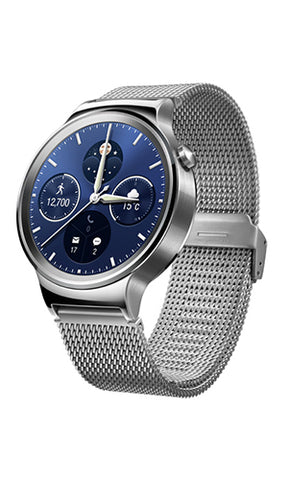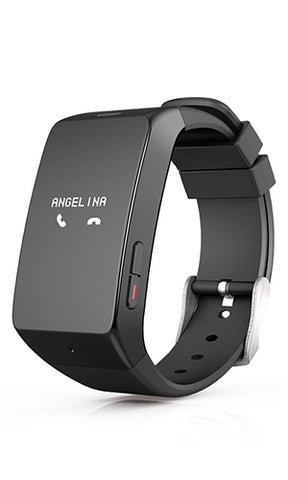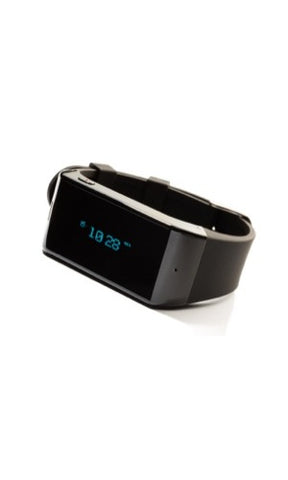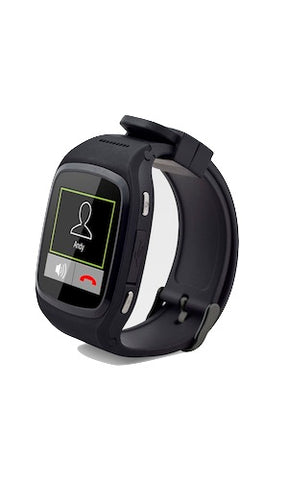How the USWNT used wearables to win the 2015 Women’s World Cup
Written By
Allie Quill
This Sunday, soccer fans across the globe held their breath in suspense as the U.S. Women’s National Team dominated Japan in the final game of the 2015 Women’s World Cup.
After a devastating loss to Japan in the 2011 finals, the USWNT needed to make some changes — and needed to make them fast. Four years later with a final score of 5 – 2, the Japanese team proved to be no match for the strength and speed of major U.S. players like Alex Morgan, Megan Rapinoe, and Carli Lloyd. But behind this all-star team was an equally powerful lineup of trainers and technology that pushed the athletes to beat their personal bests.
Since 2010, the USWNT has utilized activity trackers in order to maximize workouts without burning the players out. As the official heart rate technology supplier of the U.S. Soccer Federation, Polar provides each member of the team with a Polar M400 GPS watch.
Dawn Scott, the USWNT strength and conditioning coach, told Wired,“Heart rate monitoring has been around for over 10 years now, but in the past five years there has been an increase in the use of GPS technology in soccer and sports generally, which is basically like a car’s satellite navigation tracking every single movement and impact a player makes on the field.”
By using wearable technology in conjunction with such a physically demanding sport, Scott is able to more accurately monitor heart rate, time, heat, and exhaustion of multiple players all from one screen.
“The key factors I focus on are time and load in certain heart rate zones based on an individual’s maximum heart rate, then from the GPS the amount of high intensity running (running above a certain speed threshold), as well as total player load (an accumulation of the impacts in the three planes of motion), the work rate for individuals as well as an analysis of the speed profile for each player,” Scott told the tech magazine.
“Even within positions the demands are not the same — as forwards Abby Wambach and Alex Morgan both have very different roles, physical qualities and styles and their physical load reflect that, and hence they need to be training and preparing differently,” she continued, describing the need for more personalized monitoring and workouts.
In order to cover the many miles a soccer player will run in a single game, the training staff works tirelessly to help players push limits while keeping their health and safety in check. No one wants an overtrained player on a finals field.
So with another World Cup under their belts and some game-changing technology on their wrists, we can expect to see “a new generation of players who are ready to take the game to the next level”, as Polar expert Josh Simonsen said.
Tags: activity tracker, Activity Trackers, Calorie Tracker, Featured Items, Fitness Band, Fitness Wearables, GPS Tracker, Health Wearables, HomePage Featured, Sleep Tracker, Step Tracker, training




